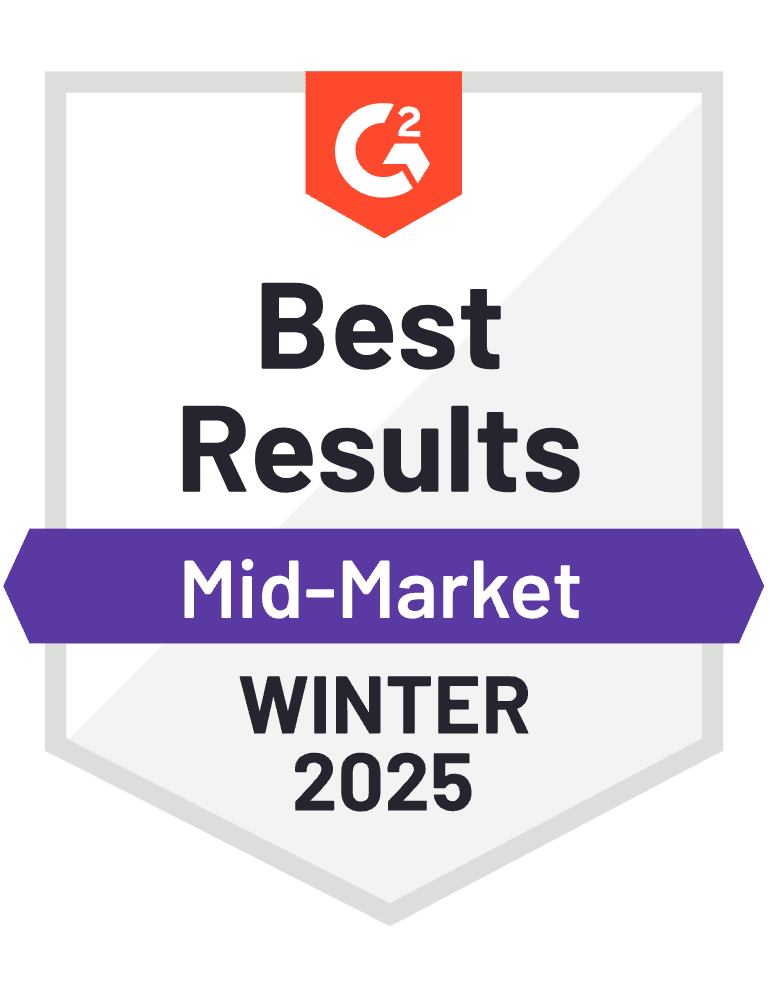Microsoft Asset Management Software – Asset Management 365
Optimize your organization’s assets with Microsoft asset management software. Explore Asset Management 365 for efficient and comprehensive asset tracking and maintenance. Asset Management 365 software offers comprehensive visibility into your assets, allowing for seamless tracking of the entire IT lifecycle, from acquisition to disposal, within a single platform. This functionality helps prevent security issues, reduce audit risks, and simplify the asset renewal planning process.

Trusted by 7100+ businesses from 152 countries











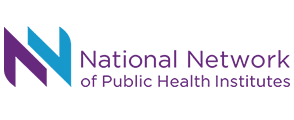
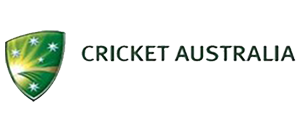
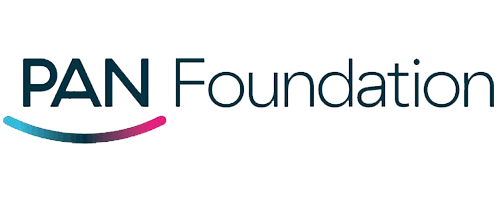



Now Asset Management 365 App is Available on Microsoft Teams
_Do7TgjeZV9.png?updatedAt=1725450644578)
Asset management software integrated with Azure for efficient contract management.
- Retrieve assets from Microsoft Intune with ease.
- Manage software licenses, service agreements, and cloud application subscriptions.
- Allocate assets to individuals, groups, and various locations within Office 365.
- Use a workflow engine to automate the renewal of contracts, licenses, and cloud apps.
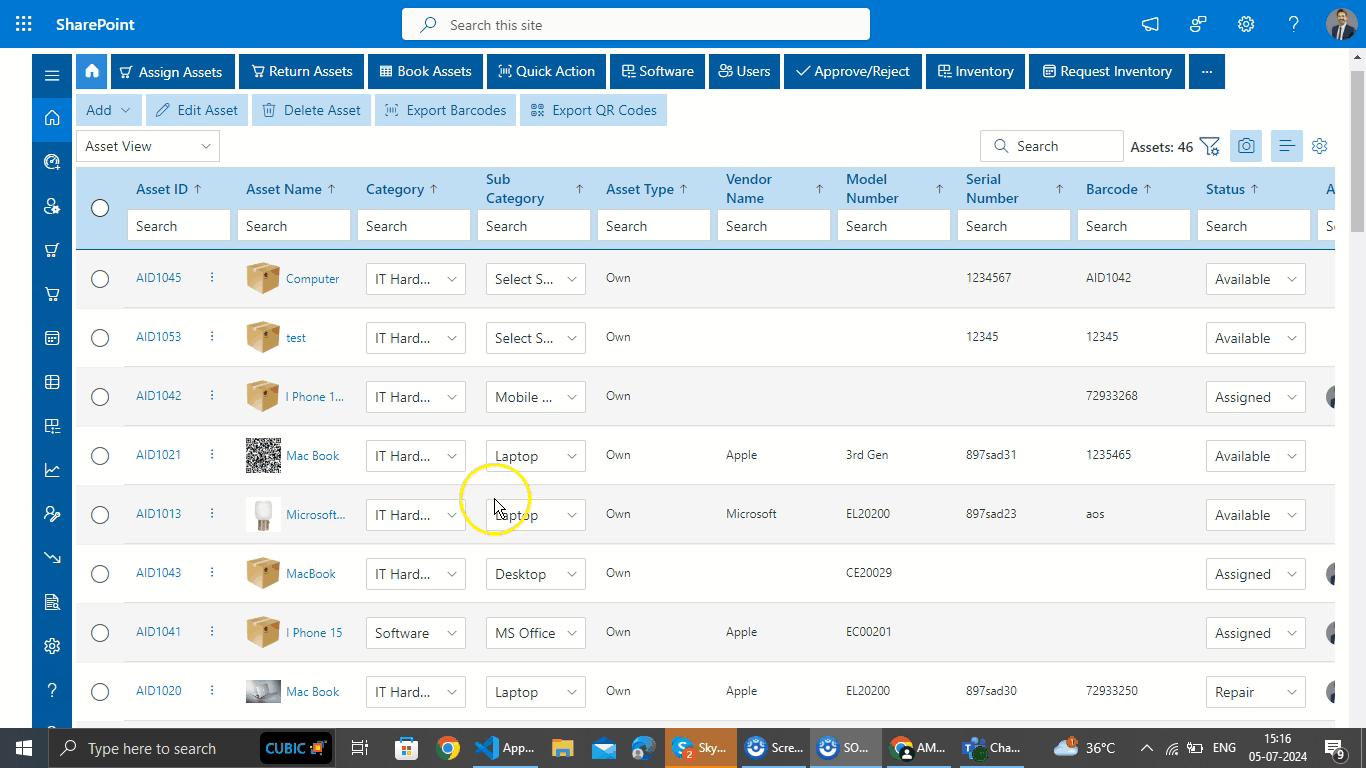
IT and Physical Asset Management System featuring Audits
- Manual Management: Manage and report licenses using Excel sheets through a labour-intensive process with the Microsoft program.
- Audit Function: Easily review an asset’s lifespan, including assignment dates and usage comparisons over time.
- Comprehensive Audits: Audit assets at any time by examining contracts, software licenses, or hardware.
- Idle Equipment Identification: Identify idle equipment and develop effective action plans.
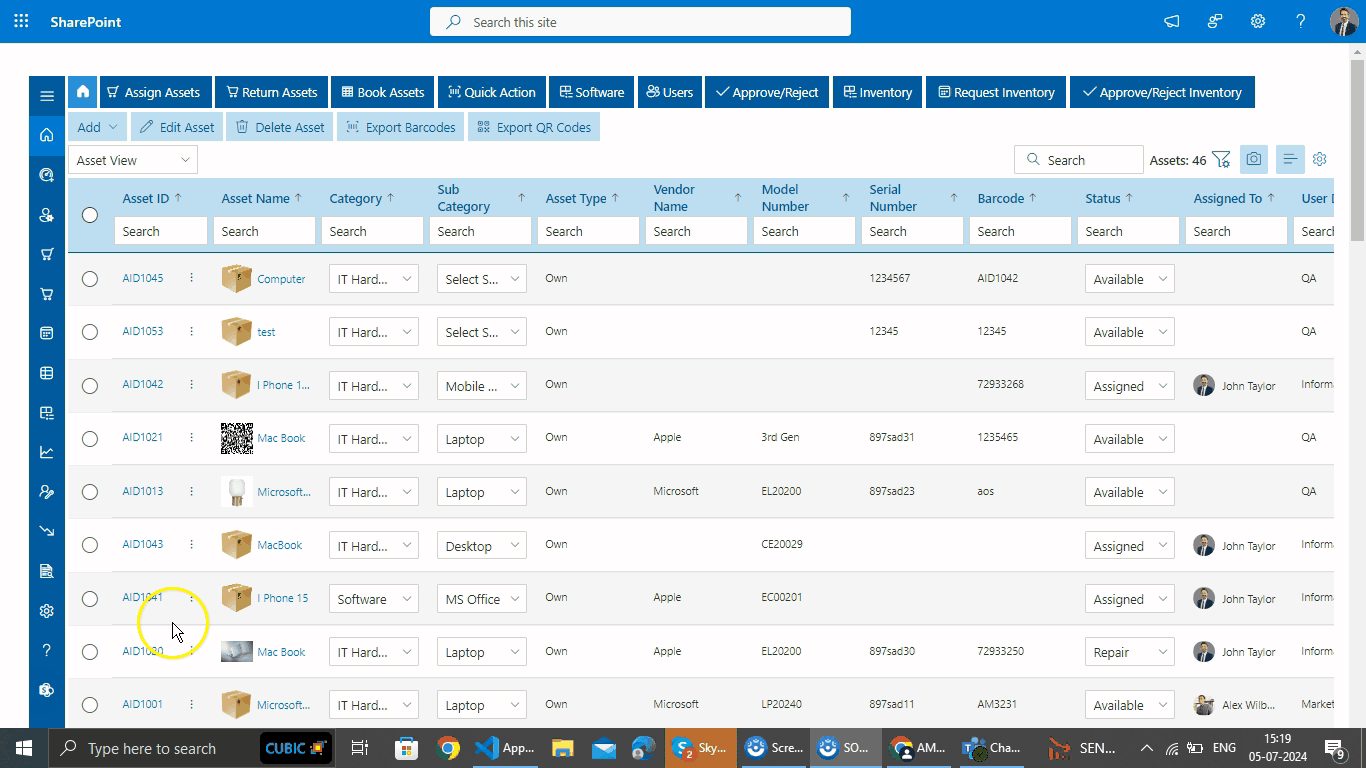
Barcode Scanning, Image Capture, & Document Management:
- Barcode & QR Code Generation: Create and track barcodes and QR codes directly within the platform.
- Verification Tools: Use mobile devices or barcode scanners to verify asset details.
- Documentation Linking: Attach user manuals, support contacts, and guidelines to each asset.
- Enhanced Security: Provides additional security for commercial and purchase-related documents.

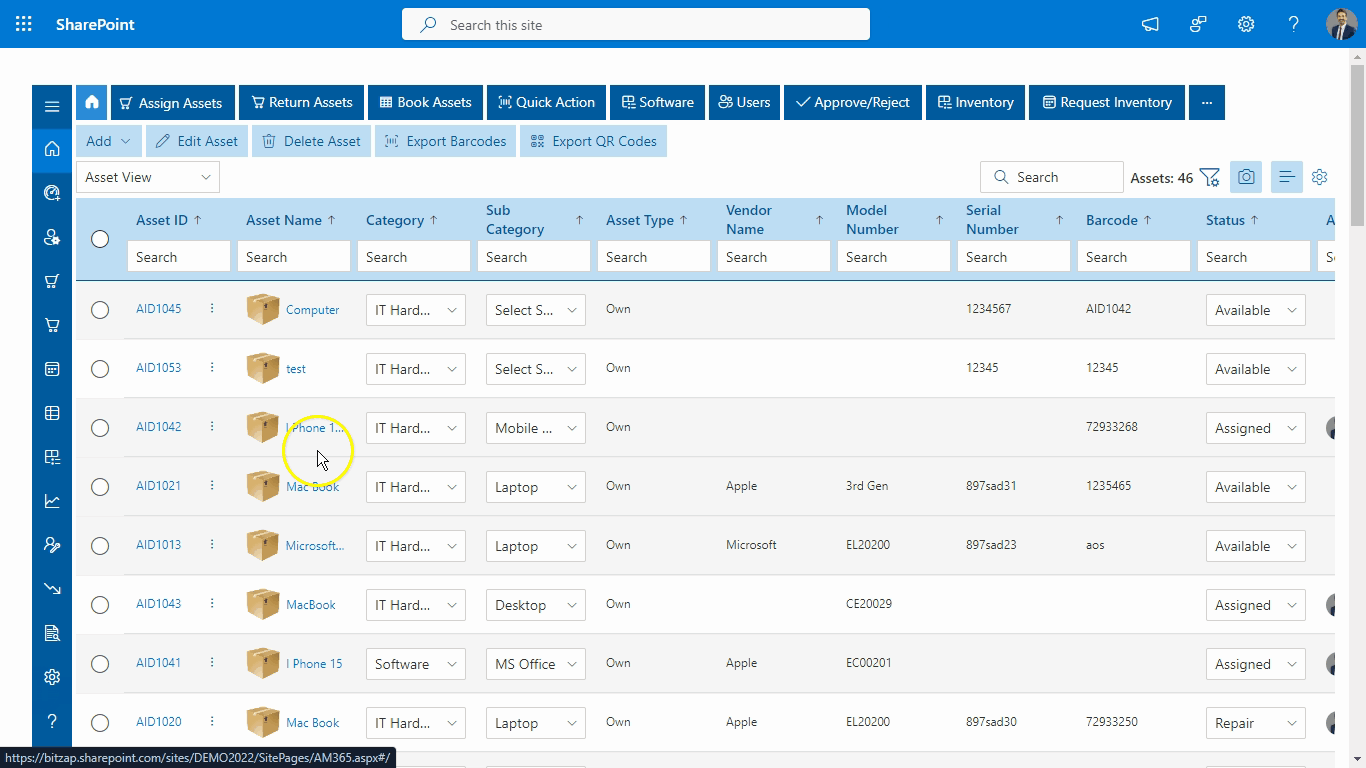
Microsoft Asset Management Solution: In-Depth Reports
Easily monitor your assets using various reports offered by our software, including:
- Seamless data export to Excel for your convenience.
- Effortless customization of column order to match your preferences.
- Simplified data presentation by eliminating unnecessary columns.
Why Asset Management 365?
Boost Efficiency and Reduce Costs
Save time and resources with automated asset tracking, optimized maintenance schedules, and simplified procurement processes in our asset management solutions
Enhance Visibility and Control
Obtain detailed insights into asset usage, thereby enabling streamlined and fully automated compliance and comprehensive audit procedures.
Discover Innovation
Utilize advanced technology and outstanding customer support for seamless asset management and exceptional overall user satisfaction.
Connect Asset Management 365 with your other Apps

Asset Management 365 Plans
Standard
$7999
per month, billed yearly
Standard Plan Features
- 20 users
- 2 support tickets per annum
- Free updates via MS store
- Assign Assets
- Return Assets
- Track assets
- Asset life cycle history
- Vendor tagging
- Asset Status
- Categories & Sub categories
Plus
$14999
per month, billed yearly
Everything in Standard, and…
- 50 users
- Unlimited support
- Assets Dashboard
- Configure asset attributes
- Custom Asset status
- Custom Asset types
- Asset assign notifications
- Asset return notifications
- Bar & QR code generator
Premium
$19999
per month, billed yearly
Everything in Plus, and…
- 100 users
- Add-on $25 for every 50 users
- Tag Projects
- Free updates with support
- Custom email templates
- MS Intune Integration
- Depreciation
- Book Assets
- Bar & QR code scanner
- Export QR Codes and Barcodes
- Asset expiry reminders
- Return date reminders
- Add custom columns
Enterprise
$24999
per month, billed yearly
Everything in Premium and…
- 100 users
- Add-on $25 for every 50 users
- Sync M365 Licenses
- Asset approval workflow
- Digitally Signed Acknowledgment
- Desktop Central Integration
- SCCM Integration
- Maintenance Module
- Software Module
- Export Audit Logs
- API connectivity
- Customize with Power Automate
- Power BI & Power Apps Integration
- Location based roles
- Custom forms
- Dedicated Account Manager
- One free customization*
Clients Speak
What's more ?
Free Support
Get 24/5 email support for all plans at no additional cost.
Premium Support
Avail enhanced support and get your questions answered faster. Learn more
500+ users ?
*One Free Customization (upto 4 hours)
Frequently Asked Questions
Does SharePoint have asset management?
Asset Management System (AMS) is your trusted companion for effortlessly tracking and managing all your assets. Built on Microsoft 365 and SharePoint, it combines simplicity with innovation, making asset tracking a breeze. Asset Management 365, a Microsoft-certified, cloud-powered solution infused with AI, ensures you stay in control of your valuable assets with ease and confidence.
How to create an asset library in SharePoint?
Creating an Asset Library in SharePoint is simple:
1. Click + New > App.
2. In the classic experience, go to Lists, Libraries, and Other Apps, then select Add an App.
Note: You’ll need permission to create lists. If you do not have the required permissions, the + New menu or Add an App option won’t be visible.
How to create an asset library in SharePoint?Where is Site Assets in SharePoint?
To find Site Assets in SharePoint assets:
1. Go to Your Site and click the Settings gear icon.
2. Select Site Contents from the menu.
3. Locate Site Assets in the list.
Note: If you do not find it, you may need permissions or help from your SharePoint admin.
What is the difference between SharePoint Asset Management and DAM?
SharePoint and Digital Asset Management (DAM) serve different purposes:
- SharePoint Asset Management: An easy collaboration tool for managing documents, workflows, and team projects. Ideal for general file sharing and productivity.
- DAM: A specialized system for organizing and managing media assets like images and videos, with features like tagging and rights management. Perfect for marketing and creative teams.
In short, SharePoint asset management supports team collaboration, while DAM focuses on managing rich media content.
What are the typical deployment options for asset management software?
Asset management software offers deployment flexibility with on-premises, cloud-based, or hybrid models.
On-premises ensures data control and security but requires local infrastructure maintenance. Cloud deployment provides scalability, accessibility, and reduced upfront costs with automatic updates.
Hybrid models combine local data control with cloud scalability for optimal flexibility. Choosing the right deployment depends on data sensitivity, regulatory compliance, IT infrastructure, and organizational preferences for control versus flexibility.
Each option offers distinct advantages tailored to different organizational needs and operational strategies.
How does SharePoint IT asset management software handle depreciation calculations?
SharePoint IT Asset management software automates depreciation calculations using methods like straight-line, double-declining balance, or custom configurations.
These methods determine how asset values decrease over time, ensuring accurate financial reporting and compliance. Straight-line evenly distributes asset costs across its useful life, while double-declining balance accelerates depreciation initially.
Custom methods offer flexibility for specific organizational needs or regulatory requirements. By automating these calculations, the software minimizes errors, saves time, and enhances transparency in financial management.
This capability is essential for businesses seeking precise asset tracking and efficient financial planning.
Can Microsoft asset management software track maintenance schedules and costs?
Microsoft Asset management software commonly integrates features for scheduling and tracking maintenance activities, including associated costs.
These tools streamline maintenance workflows by allowing users to plan and monitor tasks efficiently. They provide visibility into maintenance schedules, ensuring timely inspections and repairs to maximize asset uptime and lifespan.
Users can track costs associated with maintenance activities, facilitating budget management and cost control measures. Such features enhance operational efficiency by reducing downtime and optimizing resource allocation.
Overall, these capabilities are crucial for organizations aiming to maintain assets effectively and minimize operational disruptions.
Does asset management software support mobile access?
Many asset management software solutions provide mobile apps or responsive web interfaces, enabling convenient access and management from mobile devices.
These interfaces allow users to view and update asset information, track maintenance tasks, and monitor inventory remotely. Mobile accessibility enhances flexibility and efficiency by enabling real-time updates and notifications on the go.
Users can seamlessly manage assets, conduct audits, and access reports from anywhere with internet connectivity. Such features in our IT asset management support agile workflows and improve collaboration among teams working in diverse locations.
Overall, mobile capabilities are integral to modern asset management solutions, promoting productivity and responsiveness.
Can SharePoint asset management software integrate with financial systems like ERP software?
SharePoint Asset management software commonly supports integration with ERP systems to streamline financial reporting and management processes. This integration enables seamless synchronization of asset data between asset management and ERP systems, ensuring consistency and accuracy in financial records.
By integrating with ERP systems, asset management software enhances overall operational efficiency by eliminating duplicate data entry and reducing manual errors. It facilitates real-time visibility into asset-related financial information, improving decision-making and compliance with accounting standards.
Organizations benefit from unified data across departments, optimizing resource allocation and enhancing productivity. Integration capabilities play a crucial role in maximizing the value of asset management software within an organization’s IT ecosystem.
How does asset management solution help with compliance and auditing?
Asset management solutions maintain detailed records essential for compliance with regulatory requirements and streamlines auditing processes.
These records include asset acquisition details, depreciation calculations, maintenance histories, and disposal records, ensuring transparency and accountability.
By centralizing this information, the software facilitates easy access and retrieval during audits, reducing audit preparation time and improving accuracy. Comprehensive records also help organizations demonstrate adherence to regulatory standards, fostering trust with stakeholders and regulatory bodies.
Automated reporting features further enhance compliance efforts by generating standardized reports on demand. Overall, robust record-keeping capabilities are pivotal in ensuring regulatory compliance and operational transparency within asset management processes.







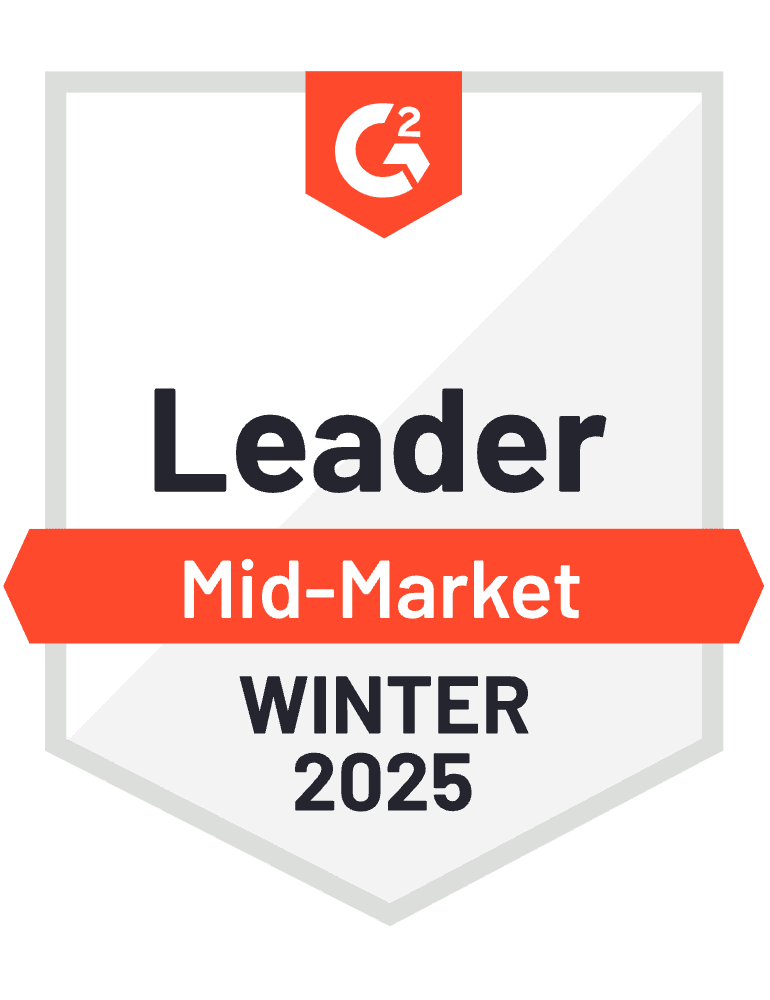
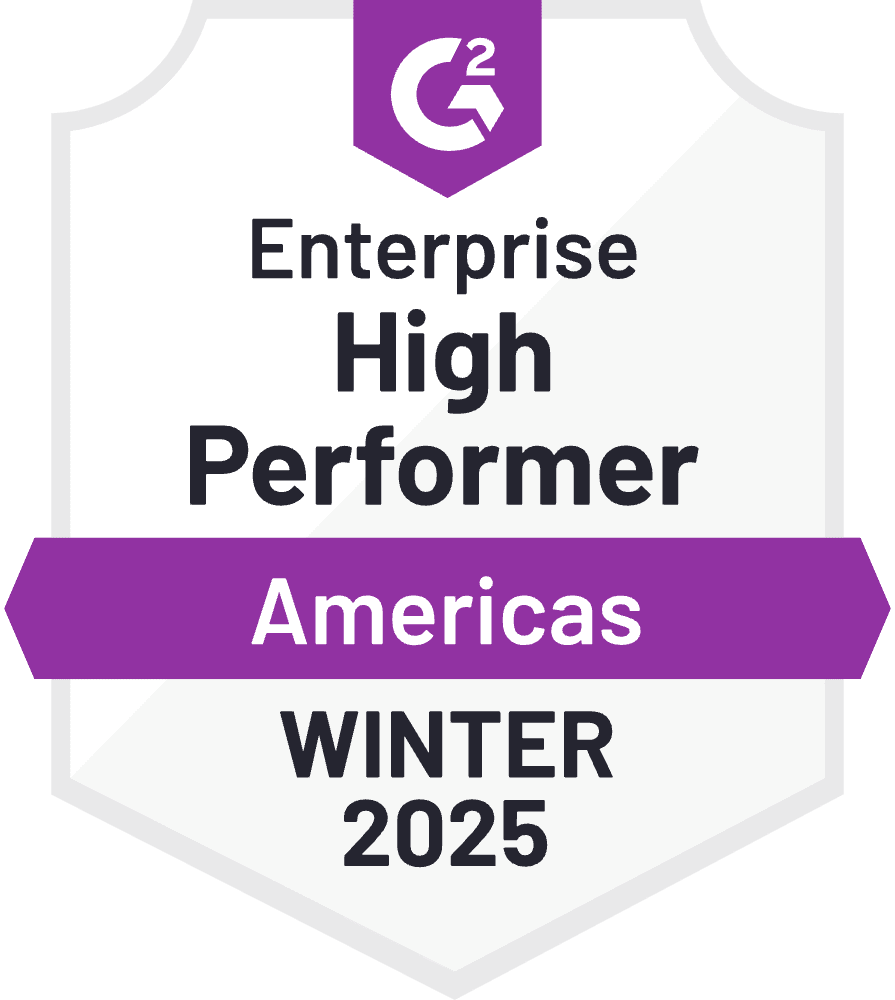
_Rapo0hRMBy.png)


